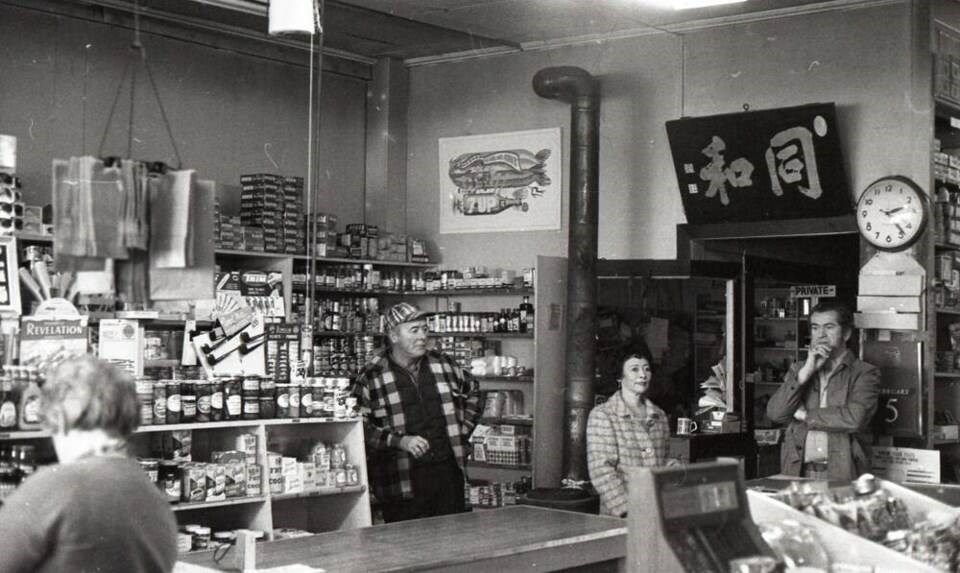Former city councillor Harold Steves wants to see the demolished Phoenix Gill Net Loft transformed into a museum, an idea he floated around before he retired from city council.
Steves and Barry Cavanaugh, chair of the Britannia Shipyards National Historic Site Society, will present a plan to the current city council on Oct. 16 on how Richmond’s heritage can be showcased at a reconstructed Phoenix Gillnet Loft.
The loft has been demolished and pieces of it salvaged for when it’s rebuilt, which was quoted $19.4 million.
It includes four proposed themes for the museum: the Hong Wo General store, Easthope Engine Builders, Steveston’s canneries and Japanese Canadian boat builders.
“The overall display would be taking the name from Hong Wo, ‘living in harmony,’ you enter the building to [a replicated] Hong Wo store and then go through the other exhibits through the whole building,” said Steves.
“The idea of using the name is we had both the Japanese and the Chinese and Caucasians living in harmony on the waterfront, along with the First Nations.”
Hong Wo was Richmond’s first “superstore” run by Chinese Canadian entrepreneur Ling Lam and his children from 1895 to 1971. It sold everything from fishing gear to cooking sauce and offered pick-up and delivery services.
Steves, a friend of the owner, took home some of the items after the store closed, and has put them on display in his basement.
The proposed museum would also feature Easthope Brothers, one of B.C.’s first builders of gasoline-power compression engines. At the time, gasoline was a new fuel and Easthope engines were used in many fishboats.
The display would also include Japanese Canadian boat builders such as Sakamoto Boat Works and canneries in Steveston. In 1895, there were 12 canneries operating on the Steveston waterfront.
Steves said he hopes to show city council they have enough information about identified themes to bring the museum alive and help them make a decision on what to do with the Phoenix Net Loft, a topic that’s been discussed for years.
The museum would serve as an important place for Richmond to restore and remember its history, and also as a tourism draw, he added.
“The history of Steveston and its relationship to the water and the people who settled past, and present has always been a matter of living in harmony,” reads Steves’ report to city council.
“There is no better way to make visitors feel like they are part of history than through an innovative museum exhibit that supports immersive, experiential learning.”


